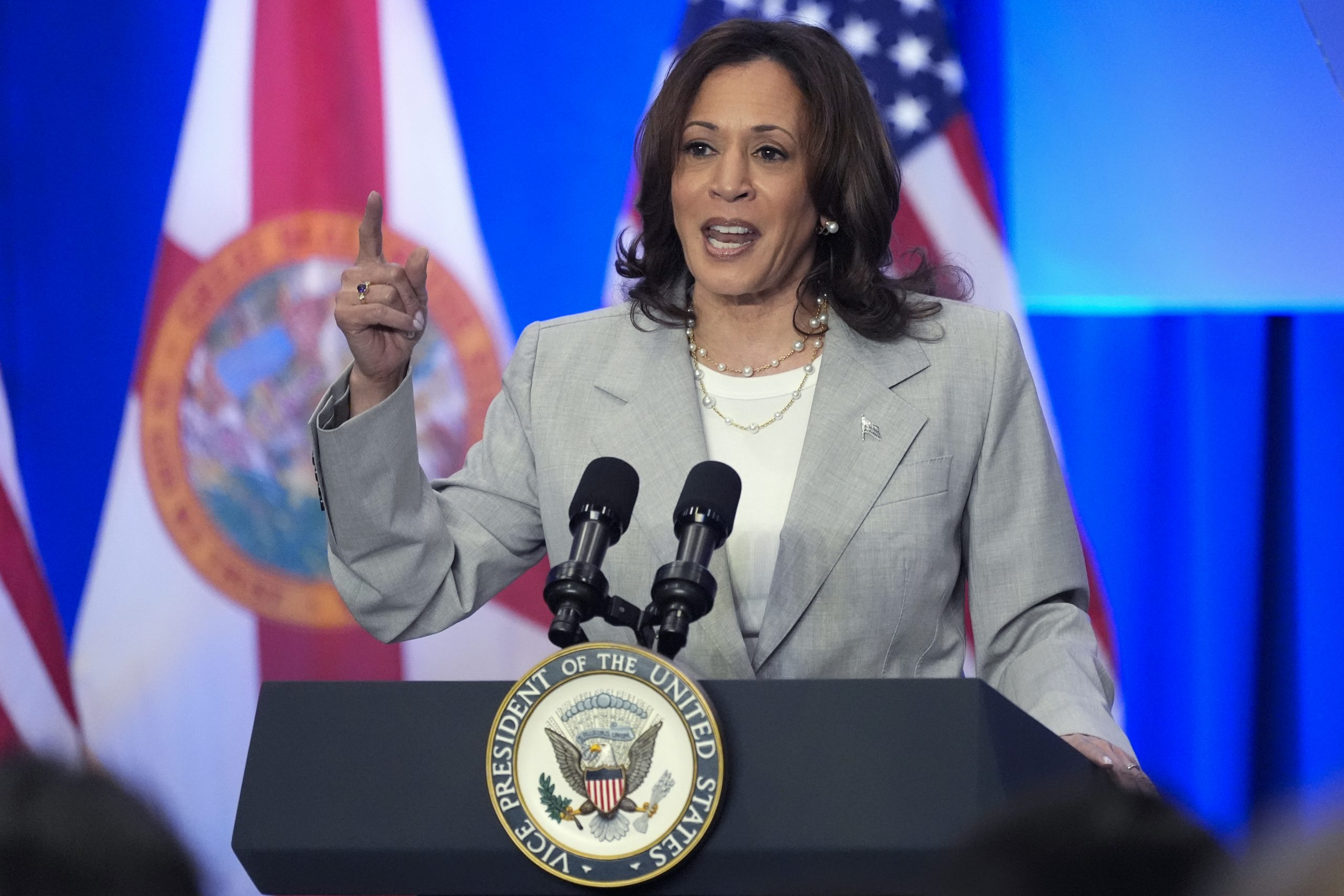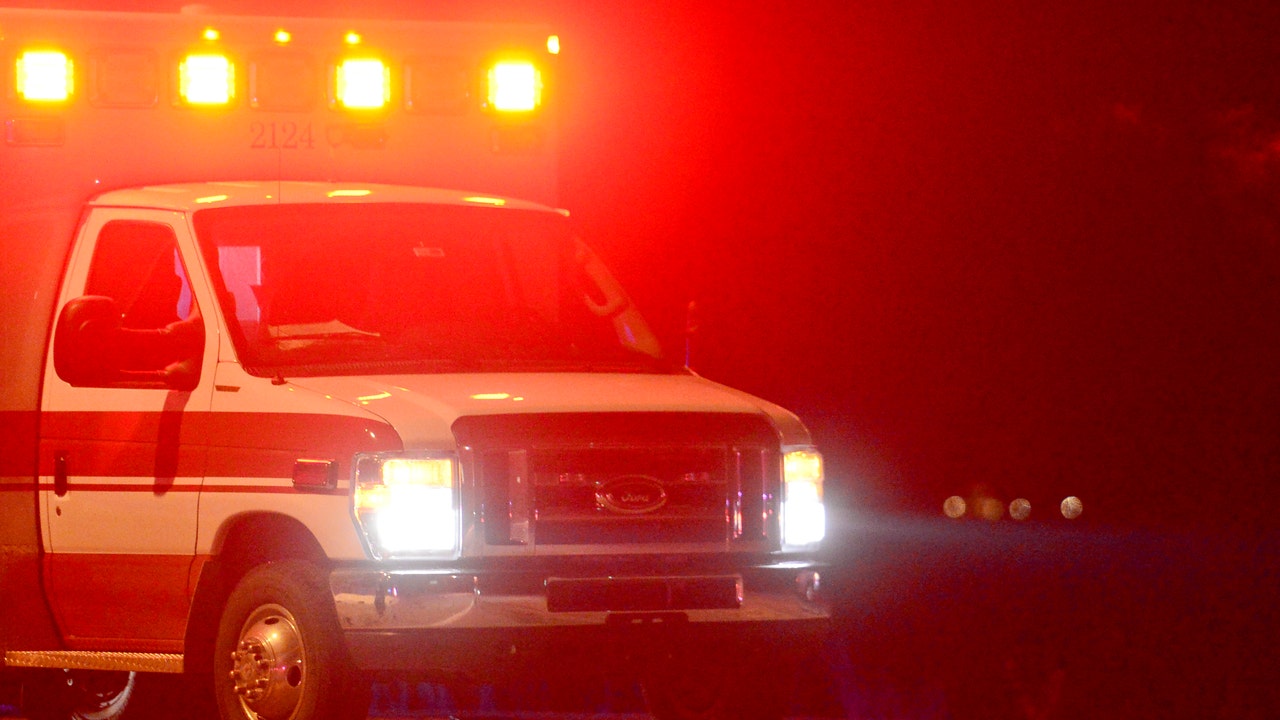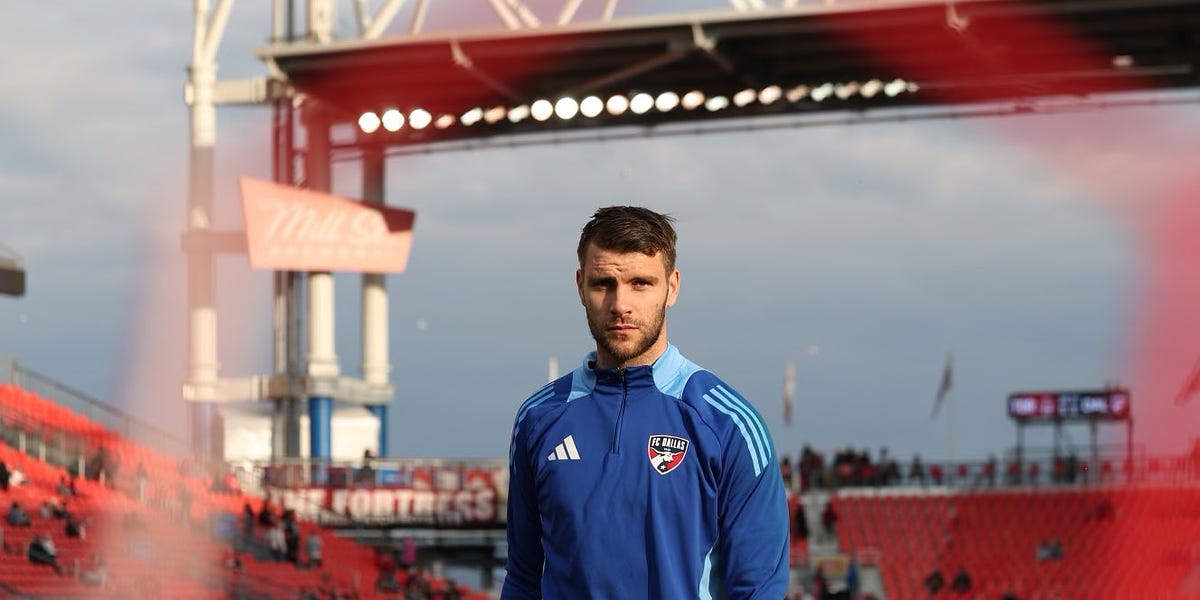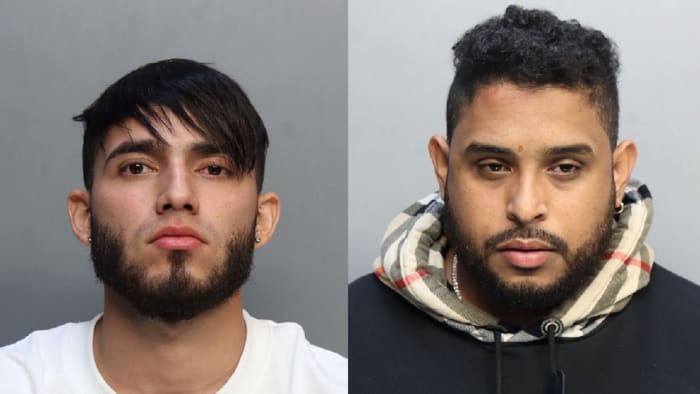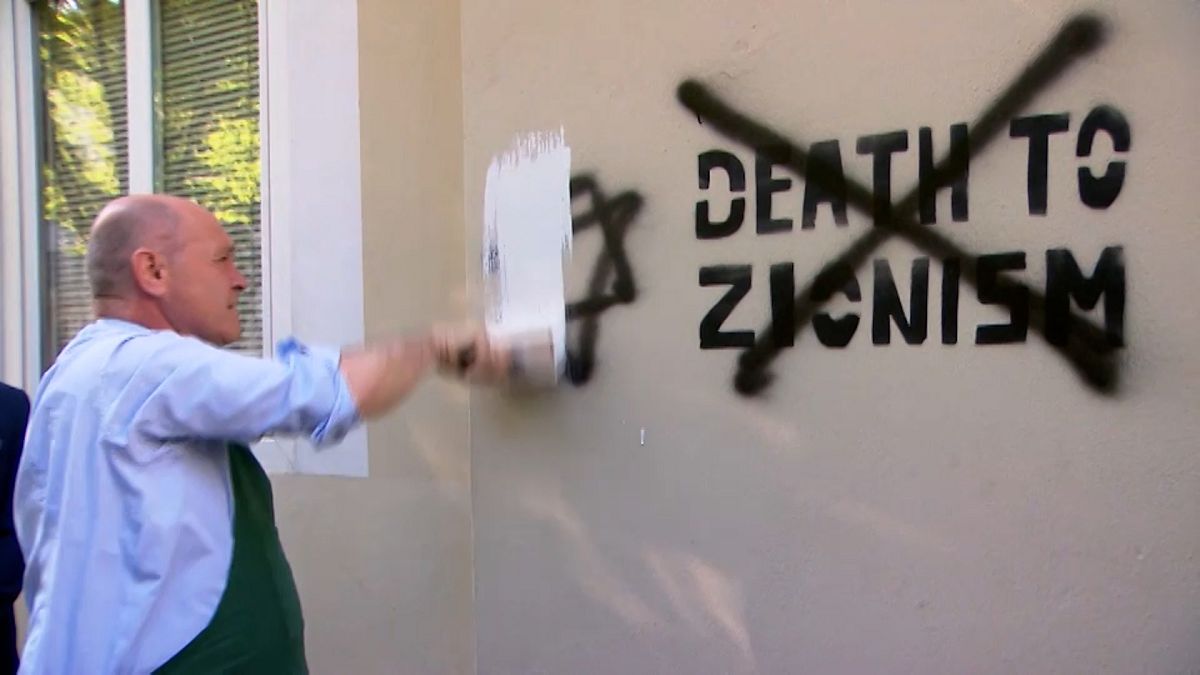Montana
Federal judge blocks Montana law on changing voter registrations
HELENA — A federal judge has blocked Montana from enforcing one section of a 2023 law that established requirements for voters changing their registration.
Last year, the Montana Legislature passed House Bill 892, sponsored by Rep. Lyn Hellegaard, R-Missoula. Supporters said the bill was intended to ensure people couldn’t vote twice in one election. While Montana already had a law in place saying no one could vote more than once in a single election, HB 892 added a specific prohibition on voting once in Montana and in an “equivalent election” in another state.
One provision of HB 892 said voters can’t “purposefully remain registered to vote in more than one place” and that they must provide their previous registration information when registering to vote at their new location.
MontPIRG and the Montana Federation of Public Employees sued, saying that language went beyond the goal of stopping double voting and left voters at risk of criminal penalties even if they never intended to vote twice. They argued the provision wasn’t clear about what was required of voters, and that some had legitimate reasons they might have registrations in more than one place.
Attorneys for the state, defending HB 892, said the law has been in effect and there hasn’t been any evidence it’s interfered with political participation, and that it would be a mistake to change the rules so close to the 2024 election.
U.S. District Judge Brian Morris said in a ruling Wednesday that the plaintiffs had shown a plausible case that the language was too broad. He put a preliminary injunction in place to stop the state from enforcing only the section on multiple registrations, allowing the rest of HB 892 to remain in effect. Morris said in his ruling that officials had testified that section wouldn’t substantially change the voter registration procedure in Montana, so temporarily blocking it wouldn’t create confusion for voters in this election.
Read the full ruling below:

Montana
Bozeman Makes National Headlines For All The Wrong Reasons
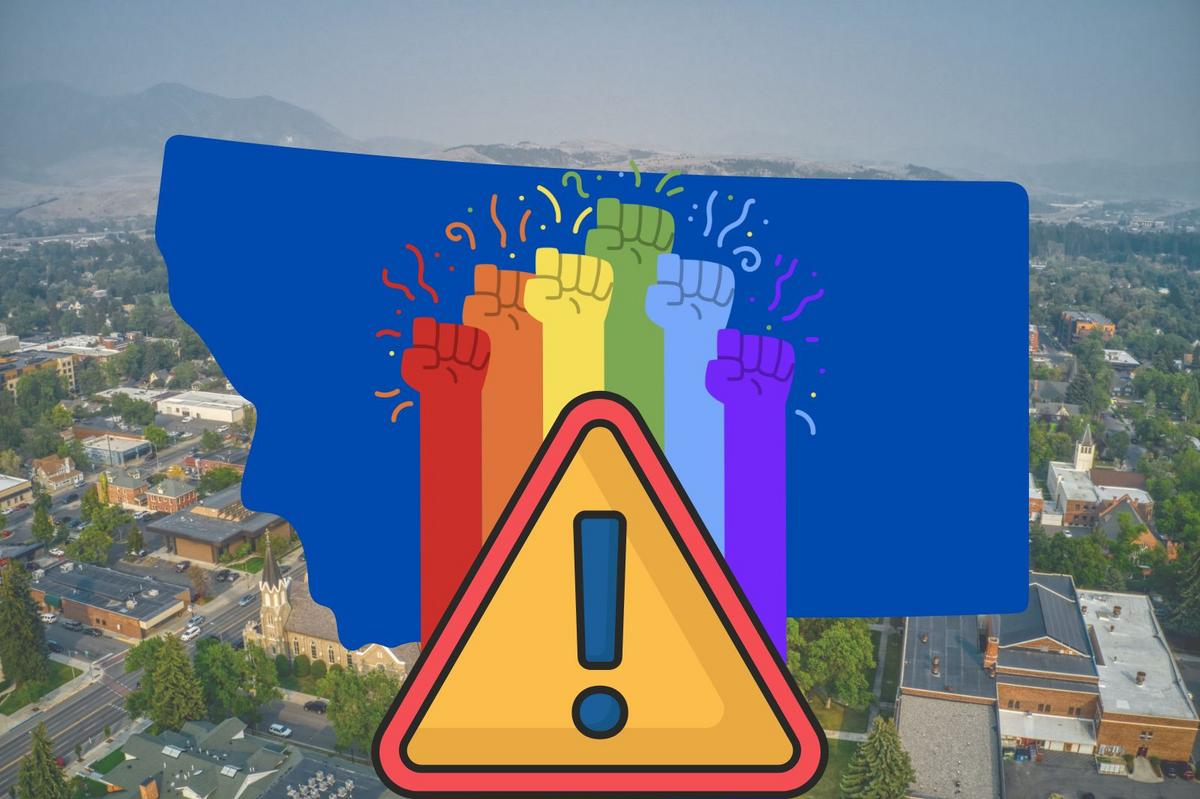
They say there is no such thing as bad publicity, however, I tend to disagree. Our beloved city of Bozeman has made national headlines and unfortunately, it’s not for anything positive.
National media outlets including ABCNews reported on recent bomb threats made in Bozeman
If you’re a resident of the city or the state, you’ve probably heard by now that there were a series of bomb threats made over 3 days around town. Well, now we have information about those threats and what was behind them.
As already reported, the threats came from emails sent from Africa and were targeting certain businesses in the area. In new information, it seems we now know why those businesses were targeted.
Local authorities released information that the bomb threats were linked to upcoming Pride events within the LGBTQ+ community.
While the threats proved to be a hoax, for many living in Bozeman and Montana it’s a reminder that hate is alive and well here in The Treasure State. This isn’t the first incident that the area has experienced when it comes to the LGBTQ+ community. Last year a man was pepper-sprayed during the Bozeman Pride Stroll by a group of masked individuals who were carrying anti-LGBTQ+ signs during the event.
Bozeman Police released the following statement regarding the incidents:
“As Bozeman looks to host Pride Week again this year, we stand committed to protecting our community, especially those of the LGBTQ+ community, so that everyone feels safe to celebrate.”
While much of Montana is conservative, both Bozeman and Missoula are more progressive areas and have been for some time. However, conservative or liberal, folks have the right here and across the country to gather together without the fear of threats or bodily harm.
The idea that individuals or groups would threaten violence or hate over an event is not only ridiculous but puts the state in a bad light. I understand that we might not all see eye to eye on everything, but at what point do we say enough is enough? Just because you might not support a group or even relate to their cause, doesn’t mean that something you do support or relate to won’t come under attack at some point.
As residents of Bozeman and Montana, we should strive to be better. We should support each other and our freedoms in this great state of ours, and sometimes, that includes supporting things we might disagree with.
BOZEMAN IN THE SPOTLIGHT: 20 AMAZING PHOTOS FROM 1900-1980
Bozeman has changed a lot since its humble beginnings. Take a walk down memory lane with these vintage photos.
Gallery Credit: jessejames
10 AMAZING MONTANA MUSIC FESTIVALS YOU NEED TO KNOW ABOUT
Want to attend a music festival in Montana? Here are a few festivals that need to be on your radar.
Gallery Credit: jessejames
Montana
Montana could be a model as more GOP states weigh Medicaid work requirements • Stateline

Two decades ago, Jeff Beisecker and his family returned to Great Falls, Montana, from a religious mission to the Philippines. Beisecker had no health insurance and no steady source of income, and neither did his wife. Fearful of being without coverage, Beisecker enrolled himself, his wife and their four children in Medicaid for nearly a decade while he worked his way to a steady, full-time job.
Having the extra help made a difference for his family, recalled Beisecker, 53. “And people might have looked down on us. I don’t really care, because it was there to help us along the journey.”
For Beisecker, Medicaid coverage was a launching pad to stable work; now he helps others make that leap. As an employment and training coordinator for Opportunities Inc., a Great Falls-based nonprofit, Beisecker connects Montana Medicaid recipients to job training, career counseling, transportation and child care. Opportunities Inc. is one of several nonprofits that run a state-created voluntary program called the Health and Economic Livelihood Partnership Link, known as HELP-Link.
“When folks come in, we can meet with them and say, ‘Hey, maybe you can take this training that we can help pay for, and you can come out and start making 28 or 29 dollars an hour,” Beisecker said.
An increasing number of Republican-led states want to require Medicaid recipients to work, arguing that doing so will help them rise out of poverty. Democrats and health advocates note that most people on Medicaid already work either full time or part time. They argue that states shouldn’t deny health care coverage to people who don’t have jobs, especially since many face serious barriers to employment.
With HELP-Link, Montana might have found middle ground.
Holdout states consider expanding Medicaid — with work requirements
When Montanans enroll in Medicaid, nonprofit organizations such as Opportunities Inc., which receives state funding, can offer career guidance and job training from professionals like Beisecker. A key part of that process is identifying barriers to work — such as a lack of training, child care or transportation — and finding ways to overcome them.
“There are ways to support work without taking away people’s health coverage,” said Joan Alker, executive director of Georgetown University’s Center for Children and Families, which researches health care issues.
“Montana is the most concrete example of a work-support connection,” she said. “That’s one place to look to make sure people are connected to work supports and job training.”
Montana Republican state Rep. Edward Buttrey, who crafted the HELP-Link program with Democratic state Rep. Mary Caffero in 2015, said it adheres to GOP principles.
“Republican administrations typically want to ensure that if somebody’s getting a benefit from the taxpayers, that they’re earning it and in return providing a benefit back to the state and themselves,” Buttrey told Stateline. “I think that’s what this is about.”
Caffero said that in reaching a compromise, legislators “put the people of Montana above party politics.”
“We created our own majority,” she said, “and extremists were kind of out on a plank.”
Increasing interest
Medicaid is a program that provides health insurance for low-income people and is jointly run by states and the U.S. government. Any state that wants to add a work requirement to Medicaid must ask the federal government for permission.
Grassroots groups help Medicaid recipients regain lost coverage
The Biden administration has repeatedly turned down states’ requests to impose work requirements. It also has rescinded the approvals granted by its predecessor, which signed off on 13 of them. (Only one state, Arkansas, implemented its rule before courts blocked states from imposing them.) But with the election fast approaching, the prospect of a second Trump administration has prompted more GOP states to reconsider the idea.
That includes states such as Arkansas, Idaho and Louisiana that opted to expand Medicaid to more people under the Affordable Care Act, commonly known as Obamacare. It also includes states that are still debating whether to expand Medicaid under Obamacare, among them Kansas and Mississippi.
Georgia and South Carolina, neither of which has expanded Medicaid under the ACA, both have sought federal permission to include work requirements in partial expansions of Medicaid that are more limited than what is envisioned under Obamacare. Only Georgia, which is fighting the Biden administration in court, currently has a strict work rule for any of its Medicaid enrollees.
How it works
Montana, which expanded Medicaid during the Obama administration, in 2019 sought federal permission to apply work requirements to the roughly 100,000 adults who were newly eligible for the program. Under the proposal, beneficiaries would have had to work at least 80 hours each month, be looking for a job, or be doing volunteer work. There would have been exemptions for pregnancy, disabilities and mental illness.
In 2021, however, the Biden administration rejected Montana’s request. Buttrey told Stateline that if former President Donald Trump wins in November, it is likely that Montana will try again. But whatever the outcome of the election, the voluntary workforce training in HELP-Link has emerged as a possible compromise.
Beisecker said that Opportunities Inc. has been working with the Help-Link program for about a year and a half. The nonprofit has been able to help people do things such as get a commercial driver’s license, start a welding certificate program, take classes on medical coding, and join construction training programs.
When folks come in, we can meet with them and say, ‘Hey, maybe you can take this training that we can help pay for, and you can come out and start making 28 or 29 dollars an hour.
– Jeff Beisecker, employment and training coordinator for Opportunities Inc., a Montana nonprofit
The nonprofit also has a community resource center that can help Medicaid recipients get access to vouchers for food, laundry facilities and other needs.
“We get referrals from other nonprofits we work with,” Beisecker said. “We have flyers that we send out so people know about the program. We go to job fairs.”
According to data from the Montana Department of Labor and Industry, more than 2,200 people have participated in the HELP-Link program since its inception. Many have gone on to get jobs as registered nurses, dental hygienists, real estate agents and computer programmers, among many other professions.
HELP-Link has built relationships with large local employers such as manufacturers and health care providers, said Heather O’Loughlin, executive director of the Montana Budget & Policy Center, a nonprofit group that examines budget and tax issues. O’Loughlin said a dip in participation since 2021 is evidence that the program has moved many participants into stable jobs.
Caffero, the Democratic lawmaker, agreed.
“The program was doing exactly what we intended. People get jobs and jobs with benefits, jobs where they make a living wage, because they have education and training through HELP-Link,” she said. “That’s the goal. We don’t want the [Medicaid] rolls to go up.”
Buttrey noted that prior to the pandemic, Montanans stayed on Medicaid for an average of less than two years. “We’ve given people some job skills,” he said. “We’ve gotten them preventative care and help with addiction.”
Despite federal warnings, red and blue states aggressively cull Medicaid rolls
Robin Rudowitz, who oversees Medicaid research at KFF, a nonpartisan health research organization, praised Montana’s program for encouraging people to find a job — and get off government assistance — without denying them health care while they do it.
She contrasted HELP-Link with the strict work requirements Arkansas briefly had in place for Medicaid recipients during the Trump administration, before a federal court struck them down. Those rules knocked roughly 18,000 people off the rolls. “Arkansas was really the only state that actually implemented to the point of where individuals were disenrolled for failing to comply,” she said.
Rudowitz and other health experts also have been critical of Georgia’s Pathways to Coverage program, launched last summer, which extended Medicaid coverage to some low-income Georgians on the condition that they work or participate in another qualifying activity 80 hours each month. Under that program, which is not considered full expansion under Obamacare, 4,000 people have gained coverage, out of the roughly 350,000 who would qualify based on their income.
Georgia Republican Gov. Brian Kemp has defended the program and blamed the Biden administration for its slow start. The program is set to expire next fall, but several months ago, Georgia sued the federal government in a bid to extend it.
“It’s fiscally foolish, and anti-family,” Georgetown’s Alker said of the Georgia program. She noted that the state is leaving federal dollars on the table by eschewing a full-fledged expansion under Obamacare.
“It’s not been a pathway to coverage for anybody,” she said.
Montana
Secretary of Transportation Buttigieg visits Montana, celebrates infrastructure investments • Daily Montanan

MISSOULA — Touting $5.3 billion of federal dollars coming to Montana, U.S. Secretary of Transportation Pete Buttigieg said Monday investments in airport, road and other infrastructure projects have been sorely needed, already are having a positive effect, and are at amounts unprecedented in his lifetime.
Buttigieg spoke briefly at Missoula Montana Airport, which received $17 million from the federal Department of Transportation for the second phase of a terminal construction project. It opened a new $67 million terminal in 2022.
The airport has seen record growth in passengers in recent years. It remains a hardhat zone for the second phase of work, but director Brian Ellestad said it already has received wide recognition: Newsweek recently named Missoula Montana Airport a finalist for best small airport in the U.S.
To a group of local and state officials including legislators and city and county leaders, Buttigieg said partnerships between Montanans and federal officials were key to completing the terminal, as was the union labor that built it.
“We always love hearing about a project that comes in under budget on federal dollars,” Buttigieg said.
Over the years, the airport expanded since it opened with funds approved through President Franklin Delano Roosevelt’s New Deal in 1938, he said. However, he said the upgrades haven’t kept pace with growth in western Montana.
Along the way, lots of people wanted to fly to Missoula — “for reasons that I now understand better” — but doing so was cost prohibitive. He said the federal investments help needed expansion, which attracts airlines, which in turn creates competition and drives down ticket prices.
Investments in Montana airports are important to the economy so the Treasure State can do business with the rest of the nation, said Brian Sprenger, president and CEO of the Bozeman Yellowstone International Airport, the busiest in the state.
In a phone interview, Sprenger said Montana is remote — the only state in the lower 48 that’s not contiguous to a state with a city of a million or more — and air travel is critical to business.
“It’s the only way we can get things done relatively quickly is by being connected to the outside world,” Sprenger said.
According to the Department of Transportation, the Biden administration’s bipartisan infrastructure law is funding more than 508 specific projects in Montana. At the event, Buttigieg said federal support includes $2.4 billion in road modernization.
Buttigieg also highlighted a $24 million award to change U.S. Highway 200 near East Missoula from “a thoroughfare that bisects the community” into a main street that’s safer for bikers and pedestrians, along with $25 million going to a downtown Missoula project, and other initiatives.
“It’s a level of financial support from the federal government that we haven’t seen in my lifetime,” he said.
The DOT estimated $2 billion is going toward clean water and water infrastructure.
The investments are already translating into paychecks that mean people can buy Christmas presents or own a new home, Buttigieg said. He said the number of total construction jobs hit 8 million in September and has been reaching new records every month since.

Buttigieg also said he wanted to acknowledge Montana’s federal delegation and specifically U.S. Sen. Jon Tester, D-Montana, for the bipartisan infrastructure law. He said people such as Tester saw that Democrats and Republicans who didn’t agree on much could agree on funding for infrastructure.
“FDR had the New Deal,” Buttigieg said. “I call this infrastructure package the Big Deal — because it is a big deal … I think it recalls the best in the American tradition, which is having big visions and big aspirations and then going after how to get them done.”
Of the 51,000 projects the transportation department is funding, Buttigieg said not one of them was dreamed up from within agency headquarters. Instead, he said all of them came from community.
“And that’s how it ought to be,” Buttigieg said.
Bozeman Yellowstone International Airport
Brian Sprenger, president and CEO of the Bozeman Yellowstone International Airport, said Secretary of Transportation Pete Buttigieg isn’t stopping at Montana’s busiest airport this time, but Bozeman hopes to have him drop by in the future.
The airport in Bozeman anticipates it will handle 65% more passengers than it did in 2019, Sprenger said.
It also has undertaken expansions and upgrades, including a new $22 million baggage system. He said a major terminal project is kicking off, and the airport is also improving its airfield.
“We’re having a lot more aircraft than we were seeing as well,” Sprenger said.
He said the airport has received an estimated $14 million from the bipartisan infrastructure law.
Montana Fact Sheet from DOT
-

 News1 week ago
News1 week agoBoth sides prepare as Florida's six-week abortion ban is set to take effect Wednesday
-

 Politics1 week ago
Politics1 week agoGOP Rep. Bill Posey won't seek re-election, endorses former Florida Senate President as replacement
-

 World1 week ago
World1 week agoRussian forces gained partial control of Donetsk's Ocheretyne town
-
Movie Reviews1 week ago
Challengers Movie Review
-
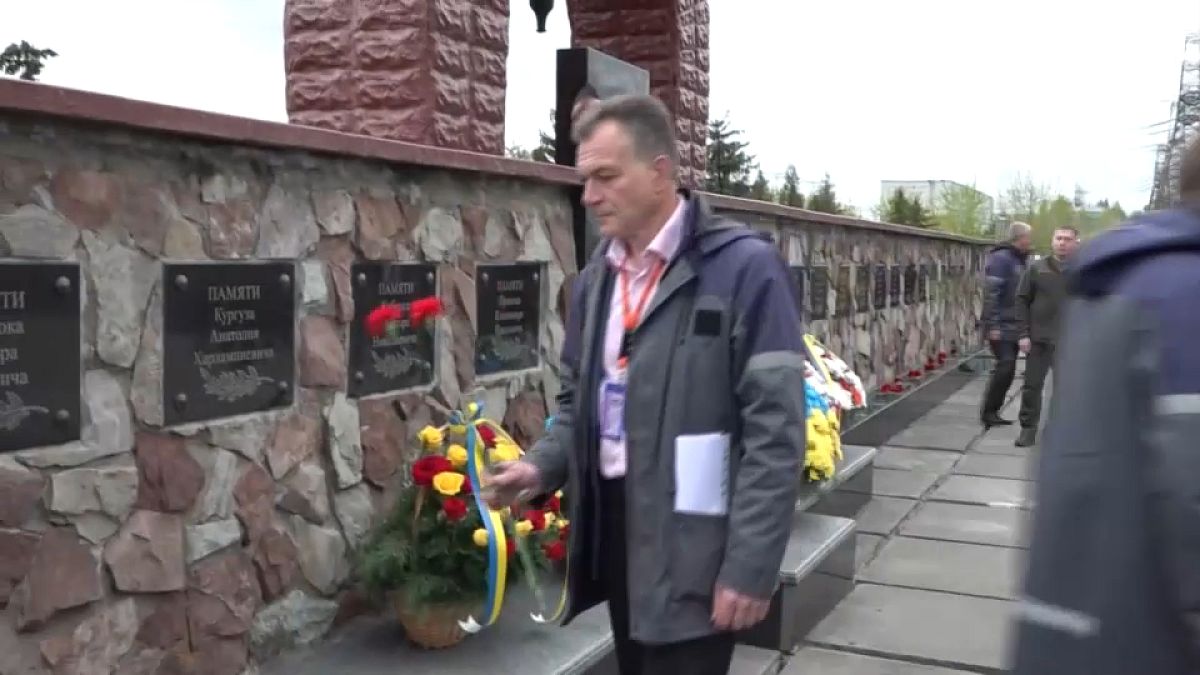
 World1 week ago
World1 week agoZelenskyy warns of Russian nuclear risks on Chernobyl anniversary
-

 Politics1 week ago
Politics1 week agoHouse Republicans brace for spring legislative sprint with one less GOP vote
-

 World1 week ago
World1 week agoAt least four dead in US after dozens of tornadoes rip through Oklahoma
-

 Politics1 week ago
Politics1 week agoAnti-Trump DA's no-show at debate leaves challenger facing off against empty podium




